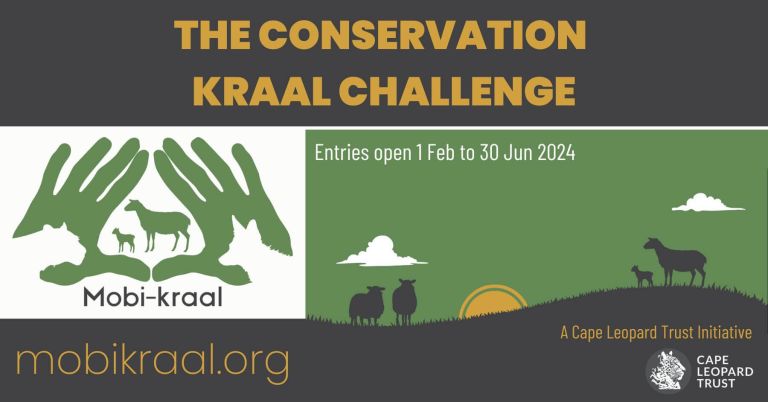The first camera trapping surveys in the Cederberg in 2004 resulted in a distinct lack of caracal records. Over the following years, moving the cameras to different sites resulted in more caracal photos. It became apparent that in the Cederberg, caracals where generally not being photographed where leopards were moving, and vice versa. This appeared to be a good example of an apex predator having an effect on a smaller ‘meso’ predator. Evidence of this may shed light on current human-wildlife conflict issues where local extirpation of large predators has occurred. Understanding ecosystem functionality is a key interest of the CLT and as such, understanding the roles that large predators play in a system and whether they impact on the behaviour and ecology of other predators, both currently and historically, is of interest.
Caracals are widespread in sub-Saharan Africa and the Middle East, yet are rarely seen in the wild as they are mostly nocturnal, solitary and cryptic animals. Consequently, comparatively few studies have been carried out on them and little is known about their general ecology. They are reputedly responsible for the most small-livestock losses by any member of the cat family in South Africa. This demonstrates the need to answer basic ecological questions in order to develop management strategies aimed at reducing conflict with farmers, while conserving the species and broader biodiversity.
Dr Quinton Martins began a study investigating and comparing the behaviour and spatial ecology of both leopards and caracals in the Cederberg. The success of the CLT in the Cederberg has resulted in both leopards and caracals being protected to a much larger degree in farming areas, allowing him to conduct his study on stable populations. Ideally these results should be compared to other areas where they are managed by lethal means, to gauge the impact of persecution on their behaviour and ecology.
Results from intensive fieldwork have provided valuable data on home range and diet of four caracals in the Cederberg. This is a very small sample size and the results should be interpreted with caution, but it nonetheless provides some insight into caracal ecology in the Cederberg. In terms of diet, the collared caracals were preying on a large number of medium-sized antelope such as klipspringer, grey rhebok and grysbok. They also preyed on other predators like Cape fox and even black-backed jackal. Of the 27 larger kills made in less than a year, only one was a domestic lamb. Caracals are impressive hunters – one of the collared females was able to kill prey 3-4 times her own body mass. The collar data also showed that caracals avoided prime ‘leopard’ habitat, and appeared to select flatter, open areas versus rocky mountain slopes used by territorial adult leopards.
This caracal research will hopefully be resumed in the near future, as the results could provide valuable insight into alleviating farmer-caracal conflict in areas beyond the Cederberg.

















